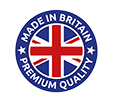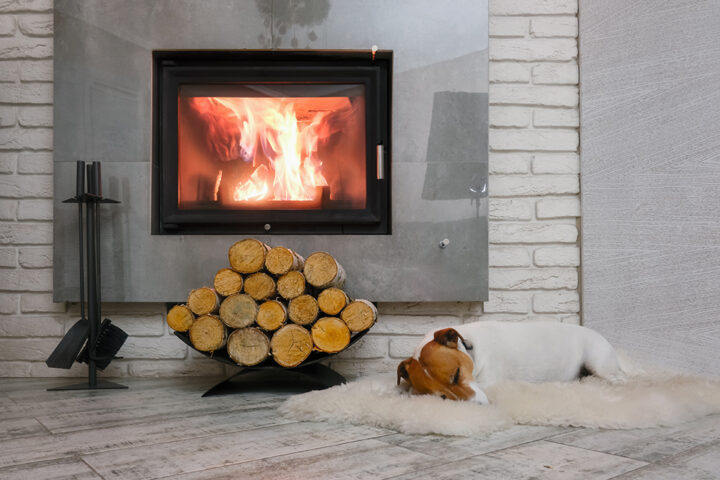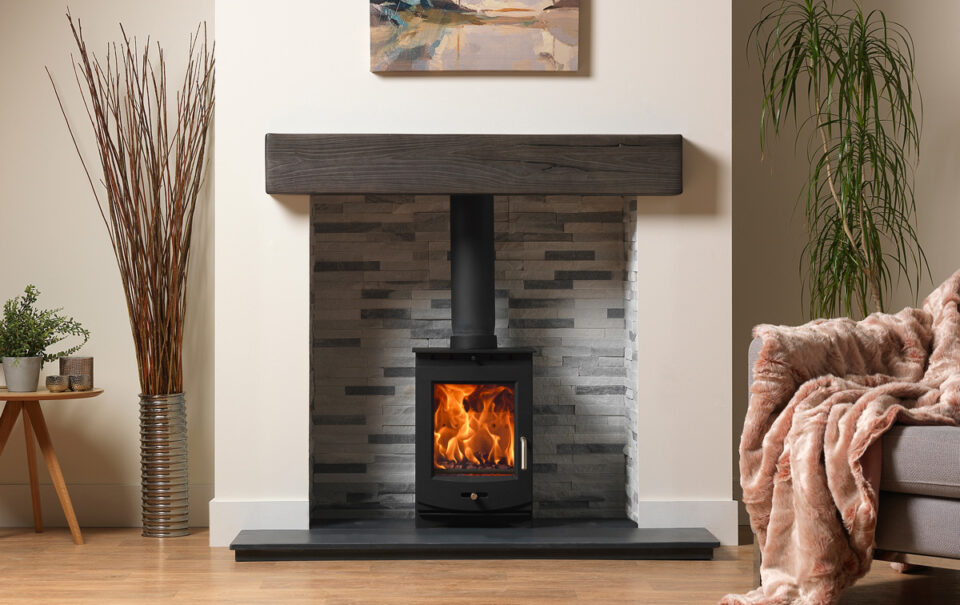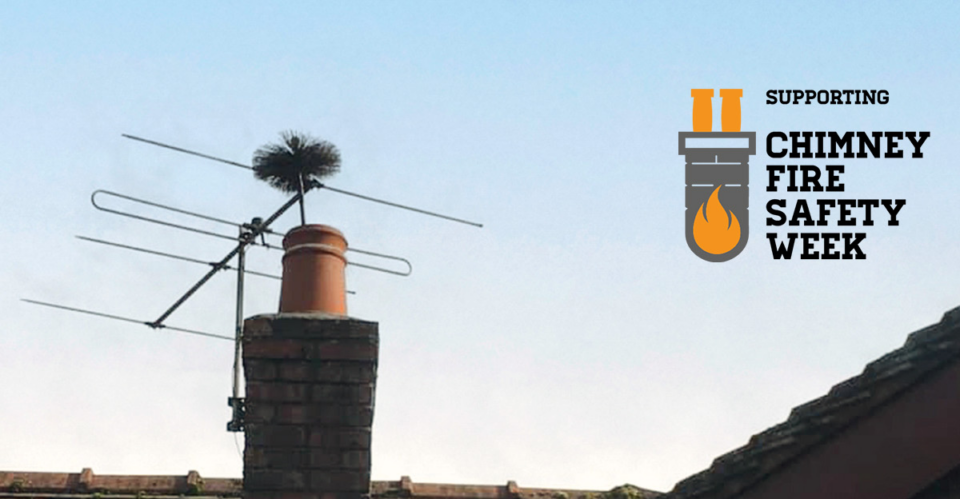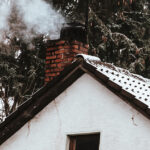
When was the last time you cleaned your chimney?
January 30, 2024
What is a register plate or closure plate? Do I need one?
April 1, 2024By burning the right fuel, you will reduce the negative impact your stove can have on your health and the environment!
It can be difficult to know which fuels to choose to reduce pollution. Wood sold in volumes under 2m³, and manufactured solid fuels, must be certified as ‘Ready to Burn’. If you buy fuel accompanied by the ‘Ready to Burn’ logo, you can be confident that you are protecting yourself and your family from the effects of the most polluting fuels.
You should always check which fuel types are recommended for your appliance. Using the wrong fuel could damage your appliance, affect your chimney, and invalidate your warranty.
We know that many people dry out, or season, their wood for use at a later stage. You can buy wood in larger volumes with a higher moisture content to save money, but you will need the space to store it correctly while it dries. This wood will be sold with guidance on how to dry it and to check that it is suitable for burning.
People who have access to their own wood supply are advised to store this in a dry area, allowing it to air dry for a least 2 years before burning. We would also advise people to use a moisture meter to establish the water content and not burn wood with a moisture content above 20%.
Burning wet or green wood produces lots of smoke and creates tar deposits, which can damage your appliance, flue liner and/or chimney, increasing maintenance costs and the risk of chimney fires.
Look for sustainably sourced wood. Make sure that you store it in a way that keeps it dry. You’ll get less smoke and better heat efficiency. This also means your appliance and chimney will require less maintenance, which will save you money in the long run.
Which firewood should I choose?
When choosing your firewood, we would recommend opting for a hardwood as they are generally denser than softwoods and will produce more heat and burn longer. However, softwoods do light quicker and can be cheaper, but they are more resinous than hardwoods, meaning they are more likely to build up tar deposits in your flue. Kiln dried logs are a good option as these guarantee a low moisture content.
Which wood burns the longest?
There are several types of firewood that burn for a decent amount of time, but oak and hawthorn are both particularly good hardwoods to choose. These both burn slowly and produce a good source of heat.
Hardwoods are a more efficient fuel source in terms of heat output and burning time, but they can be harder to ignite from cold. This is when softwood kindling is helpful, as it can help you get your fire up and running, before using the hardwood to maintain a slower burning fire.
Fuels to avoid burning on your stove
Not all types of fuel are suitable for use as fuel because some items can be a fire hazard and could release a cocktail of toxic fumes into your home and the surrounding area. Burning the wrong type of fuel can lead to poor stove performance, expensive maintenance costs, and could be dangerous.
Fuels to avoid burning include:
- Treated or painted wood
- Paper and cardboard
- Wet or green wood
- Evergreens
- Plywood and chipboard
- Plastics and Styrofoam
- Fire accelerants
- Tumble dryer lint
- Driftwood
- Clothing or Shoes
- General household rubbish

